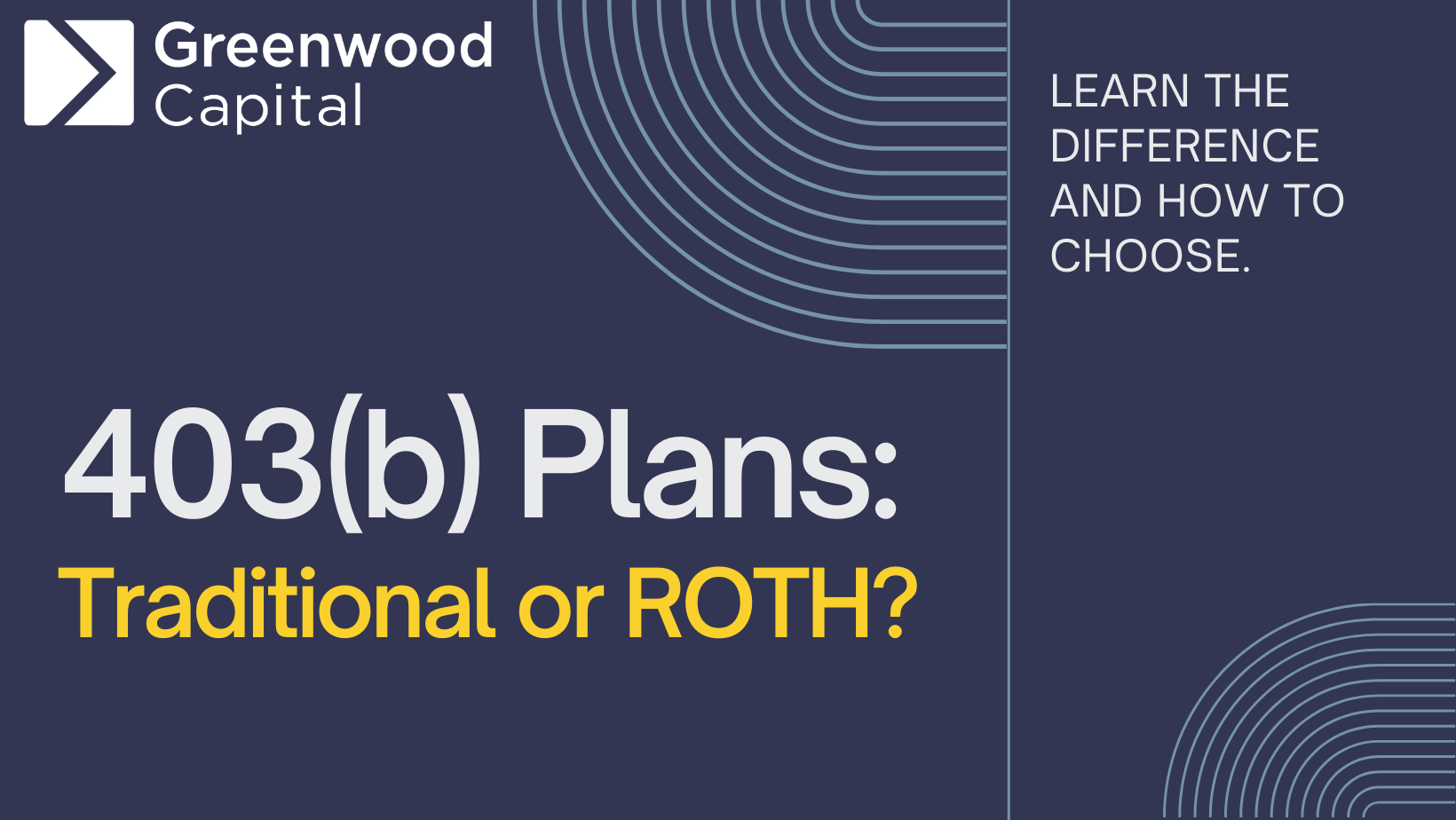Most non-profit employees are familiar with the benefits of contributing to a Traditional 403(b). These retirement account allow you to set aside before-tax retirement savings, with large contribution limits and no income limitations. In fact, according to the National Association of Plan Advisors (NAPA) as of 2021, 79.4% of all non-profit employees who have access to a Traditional 403(b) chose to participate.
However, the adoption of the Roth 403(b) has not been as widespread. Since ROTH accounts are post-tax dollars, many retirement savers who expect to be in a lower marginal tax bracket in retirement are more interested in trading larger tax savings now for a smaller tax bill in the future. ROTH 403(b)s are also a newer concept, and many employees may not be aware of the specific benefits a ROTH may provide.
Similarities
There are many similarities between Traditional and ROTH 403(b) accounts. One of the biggest advantages of contributing to either type of 403(b) plan is that your employer may also contribute. Often, this is in the form of a matching contribution, up to a certain percent of the employee’s salary or savings rate. This allows the employee to possible double their own contribution at no personal cost.
Both Traditional and ROTH 403(b) accounts have the same 2023 contribution maximum – $22,500 for participants age 49 or less. Those age 50 or older are allowed a “Catch Up” contribution of an additional $7,500, bringing their maximum to $30,000.
In addition, unlike Individual Traditional or ROTH accounts, 403(b) plans have high contribution maximums and no income limits. This allows employees to save larger amounts of money for retirement over the course of a year, regardless of their current salary.
Both types of 403(b) accounts also offer a lot of flexibility. The plans offer the same range of investment choices, allowing an employee the ability to create an asset allocation model that aligns with their personal risk tolerance and savings goals. 403(b) retirement accounts are also portable. If an employee leaves the job, the 403(b) can follow, either by being rolled over into another plan or into an individual retirement account. This helps savers avoid taxes and penalties on early withdrawals and ensure that their retirement savings continue to grow.
Differences
The primary difference between a Traditional 403(b) and a ROTH 403(b) is regarding taxes. Traditional 403(b) contributions are made before payroll taxes are withheld, whereas Roth contributions are after-tax. This of course will impact the employees tax burden during their working years. Contributing to a Traditional plan will lower the amount of taxable income and could result in significant tax savings over time, especially if you are in a higher tax bracket. On the other hand, pre-taxed ROTH contributions will grow tax-free, and could provide tax savings if you anticipate being in a higher tax bracket later in life.

The difference in the taxed or untaxed contributions will also impact distributions. Traditional plans distributions are always taxed as ordinary income while ROTH distributions are tax-free. (This is assuming the funds are being accessed due to attainment of retirement age, disability, or death. Penalties or taxes may be owed if the funds are being used for non-retirement purposes.)
How to Choose
In addition to deciding between a Traditional or ROTH plan, you can have both by electing to divide your contributions between the two types. This gives you options from which to draw funds whenever the need arises. From a tax planning standpoint, this can be impactful both before and during retirement.
Everyone’s situation is different. This is where a Certified Financial Planner (CFP©) can help. By creating a comprehensive financial plan, the many various aspects of your financial situation are addressed holistically. A CFP© can help you decide which type of account best fits your situation or how to split your contributions in a way that maximizes your tax savings while providing the most flexibility and success in retirement. Since there is no “one size fits all” approach to planning for retirement, work with a professional who can help you meet your goals.

John W. Cooper, CFP®
Private Client Administrator
Born in Greenwood, SC, John is steeped in the Carolina tradition of helping one’s neighbor. As a Private Client Advisor, he enjoys exercising his neighborly skills by listening to clients about their hopes, dreams, and aspirations to help them create a plan to achieve what is important to them. John earned his B.S. with an emphasis in economics and finance from the University of South Carolina and is a CERTIFIED FINANCIAL PLANNER™.
Greenwood Capital is an SEC registered investment advisory firm. This material has been prepared for information purposes only, and is not intended to provide, and should not be relied on solely for tax, legal or accounting advice. The information contained within has been obtained from sources believed to be reliable but cannot be guaranteed for accuracy. The opinions expressed are subject to change from time to time and do not constitute a recommendation to purchase or sell any security nor to engage in any particular investment strategy. Investment Advisory Services are offered through Greenwood Capital Associates, LLC, an SEC-registered investment advisor.







